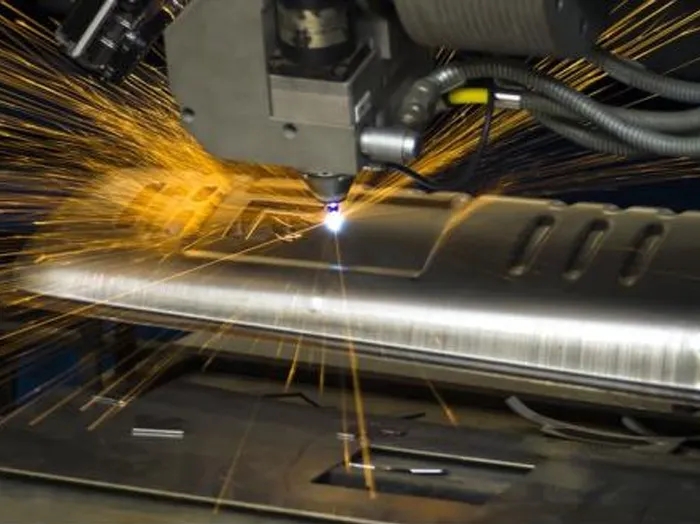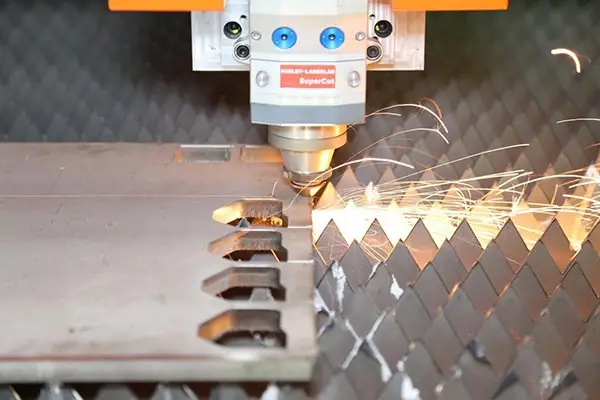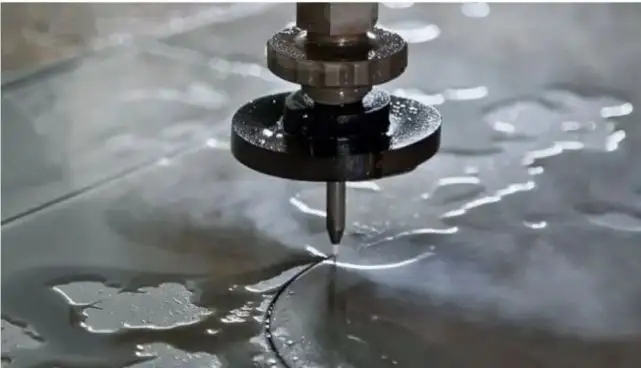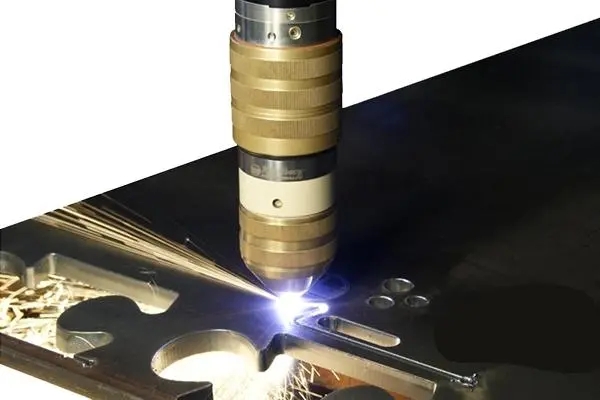


What's the Sheet Metal Fabrication?
Sheet metal fabrication is the process of turning flat sheet metals, typically 0.15 mm to 10 mm thick, into parts and structures of various shapes. The stock materials for this process are flat metal sheets.
various shapes. The stock materials for this process are flat metal sheets.
Sheet metal is bent, or formed, from two dimensions to three by the use of hardened steel tools and dies which, when forced together with hydraulic power, form the sheet metal to shape and exact angle.
Three main ways of Sheet Metal Fabrication
>Laser Cutting
In laser cutting, a high-density laser beam is directed onto a workpiece to melt, vaporise, or burn through it, effectively cutting the material. Laser cutters are used for cutting, boring, and engraving. There are three types of lasers used in laser cutting; CO2 (carbon dioxide), Nd (neodymium), Nd:YAG (neodymium-doped yttrium aluminium garnet).
CO2 lasers have high energy efficiency and high power output ratio, and are used for cutting thin material, engraving, and boring. Nd lasers have high energy but low repetition efficiency. They are used for engraving, boring, and welding. Nd:YAG lasers have a very high power output and can cut thicker materials. However, they are more expensive to operate than CO2.

Laser cutters can work with aluminum, steel, copper, stainless steel, and other metals. They are best used for cutting thin workpieces (maximum thickness of 15 mm for aluminium and 6 mm for steel), engraving, and boring
>Water-Jet Cutting

In water-jet cutting, a nozzle is used to focus a jet of water at very high pressures to cut a workpiece. For relatively soft material like rubber and wood, only water is used. A mixture of water and abrasive granular substances is used to cut harder material such as metals.
Water-jet cutting can cut material of various thicknesses. The maximum thickness that can be cut depends on the material. Of all CNC cutting methods, waterjet cutting is the most precise with tolerances between 0.05 mm and 0.1 mm. One of the reasons for its high precision is that unlike plasma and laser counterparts, waterjet cutting does not generate heat hence there is no heat affected zone in the workpiece.
Waterjet cutting is very versatile as it is used to cut hard material such as aluminum, steel, copper, stainless steel, and other metal alloys as well as softer materials like polymers, elastomers, wood, and foam.
Plasma cutters can cut through very thick material, up to 300 mm for aluminum and 200 mm for steel, with a tolerance of 0.2 mm. Other materials that are processed using plasma cutters are stainless steel, copper, and other metal alloys. Depending on the complexity of the part to be produced, 2-axis or 3-axis cutters may be used.
Although plasma cutters are not as diverse or precise as waterjet and laser cutters, they are the best choice for thick electrically conductive metal parts, as they are faster and more cost-effective for cutting such materials.

|
|